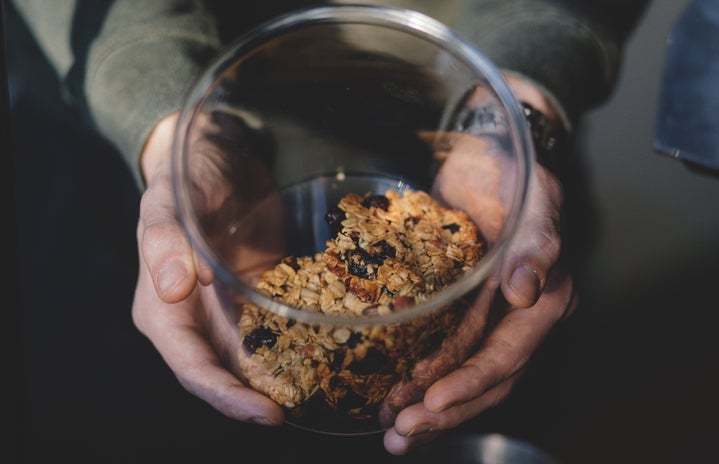Pepperoni rolls are loved by many West Virginia natives, but few people know the origin of this delightful dish.
Some West Virginians recognize the pepperoni roll as a vestige of the state’s bituminous coal mining industry. In the early years of the 20th century, before mechanization reduced the need for manual labor, Italian immigrants were recruited to do extraction work with dynamite and pickaxes.
According to The New York Times, WV was home to more native-born citizens than any other state in 1909. However, as the coal industry boomed and labor needs skyrocketed, that changed. Coal companies sought, as one historian put it, “a more docile, controllable workforce than their American-born counterparts.”
They didn’t get what they bargained for; Italian immigrants were just as inclined, if not more, toward union affiliation and action. By 1915, there were more Italian laborers than any of the other nationalities working the coalfields.
Out of that mix of workers came a hybridized food that owed as much credit to WV as it did to Calabria, the region where so many of the Italian immigrants came from.
The concept is simple–bread dough wrapped around pepperoni (cheese can also be added if it’s desired). Most people believe the inventor to be Giuseppe (Joseph) Argiro, a Calabria, Italy native who came to work in the Clarksburg-area coal mines in 1920.
The inventive Argiro got the idea for the pepperoni roll directly from his experiences in the mines. A common lunch for immigrant miners was a slab of bread, a chunk of pepperoni and a bucket of water. Sometime between 1927 and 1938, the exact year is unknown, Giuseppe decided to put the pepperoni within the bread, thus creating the beloved pepperoni roll. He had also made lunch more convenient for the miners as it required using just one hand to eat.
Giuseppe spent a decent amount of time experimenting with this newfound concept, changing bread dough recipes, pepperoni and proportions until he was satisfied. The pepperoni rolls were test-marketed in beer halls where miners went to relax after their shifts. They were sold for 45 cents per dozen to the owners of these beer halls; he also began selling them to local grocers who in turn sold them for five cents apiece.
From there, it was a short evolutionary step to selling commercially baked pepperoni rolls in taverns and country stores to shift workers in need of cheap and portable food.
Pepperoni rolls are a peculiar totem of Italian-American identity in the mountain state. Its popularity was immediate and has not lagged since its creation.
Click here for an easy, 3-ingredient recipe!



